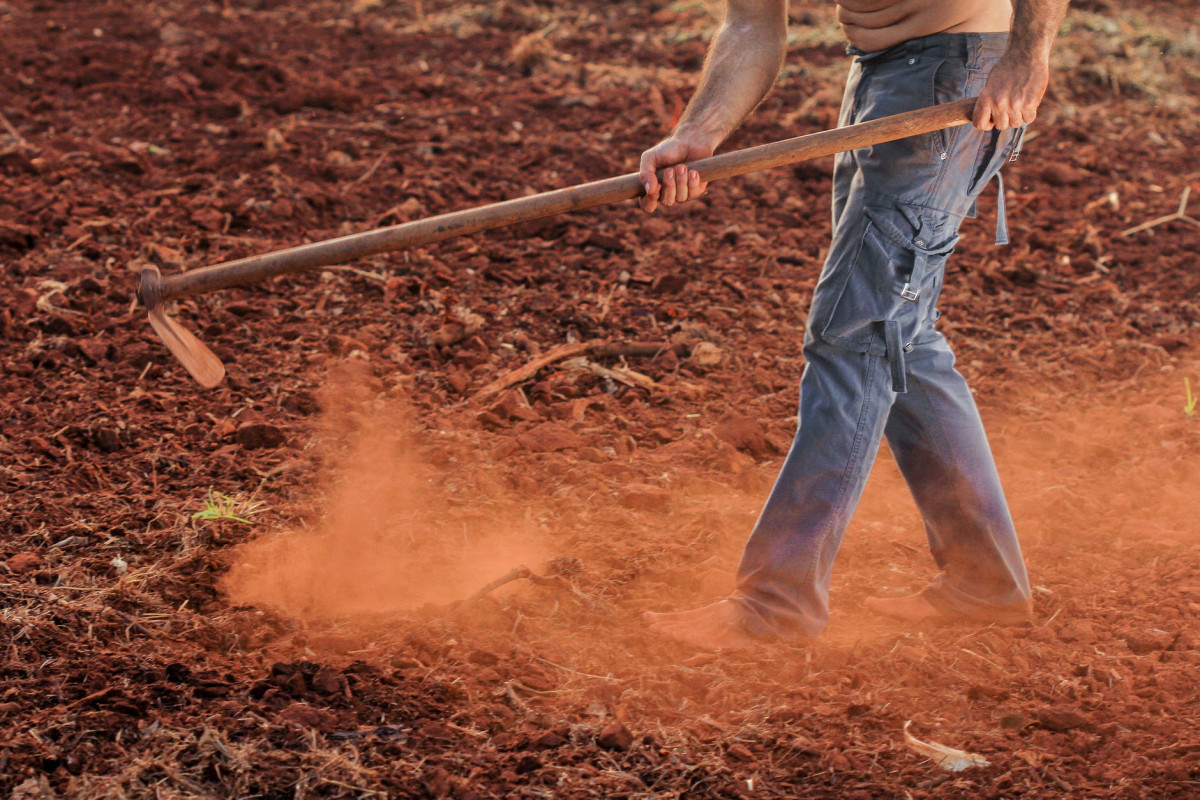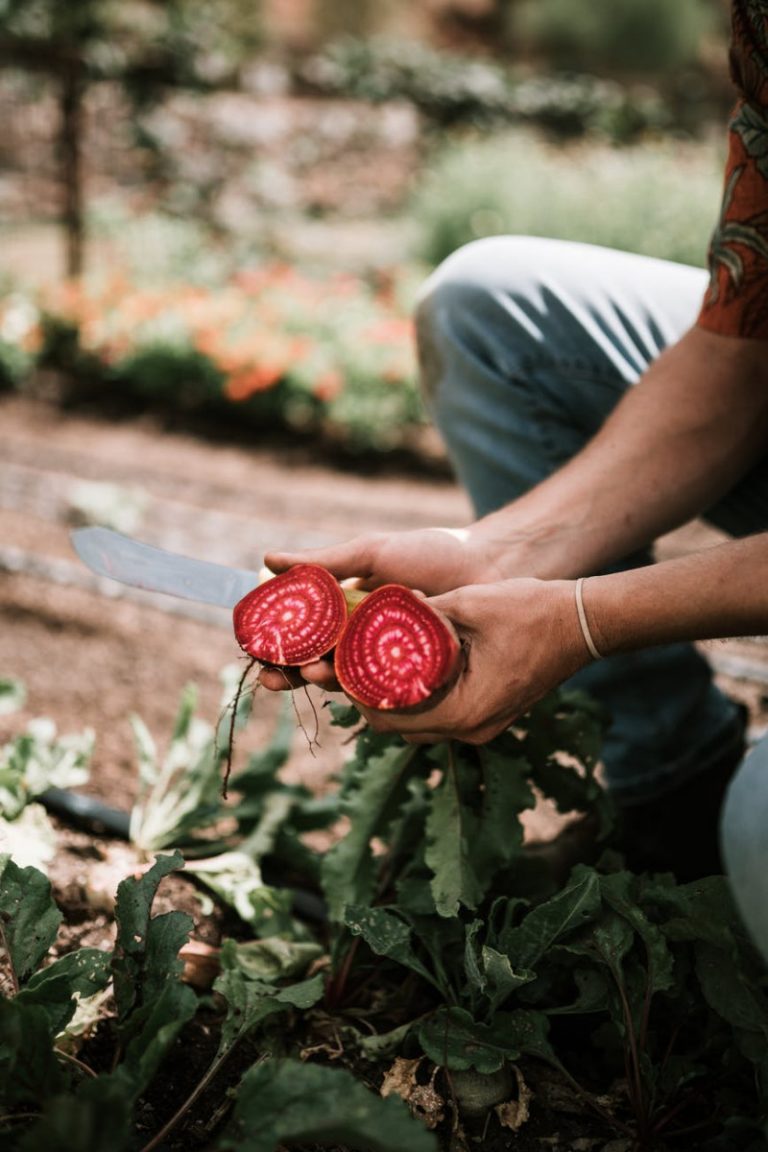Everything You Need To Know About Rear Tine Tiller Before Purchase 2022
Quick Navigation
What Is A Rear Tine Tiller?
Rear tine tillers differ from the standard devices known as garden tillers. While front tine tillers are equipped with the blades in front of the construction, rear tine tillers have blades located at their back. The engine is still placed in front of the blades, so the tines are put to motion by the engine and can dig deeper.
Where To Use A Rear Tine Tiller?
Rear tine tillers are recommended to be used for the compact, unprocessed ground of your garden, especially for large areas. This device will prepare the ground for planting seeds and turning lawns into gardens. That’s the best solution for heavy-duty work.
What Are The Different Types Of Rear Tine Tiller?
There are several types of devices depending on the Rotation Mechanism of Tines.
- Counter-Rotating Rototillers
These machines are pulled forward while the tines spin counter-clockwise. That simplifies control over the device. Such tillers can easily go through clay and rocky ground without causing much vibration. This is the best variant for preparing the ground in places where plants haven’t grown before.
- Forward-Rotating Tine Tillers
In this case, tines rotate in the same direction as drive wheels. They make take more time to process the ground, but they’re more popular because of convenience.
If you need a versatile option, you can buy a dual rotating rear tine tiller. It allows the user to choose the direction of tine rotation to customize its efficiency and get the desired results.
How To Choose The Right Rear Tine Tiller?
In order to make the right choice, take the following options into consideration.
- Weight
Since rear tine tillers should be directed and are operated manually, you need to find a solution that you will be able to control. A woman or a teenager won’t be able to manage a huge heavy tine tiller, they’d need a lightweight model. The heavier a machine is, the deeper it might dig.
- Depth And Width
The depth of soil processing depends on the type of tine tillers. If you will need to work with sticky soil full of weeds and stones, choose a machine that will dig deep. The wider tine till coverage is, the faster you will process the land. So if you will need to work with a large area, buy a machine with wide blades.
- Engine
It’s clear: the best rear tine tiller has the strongest engine. If you want to process a huge area of land as quickly as possible, select machines with the most advanced engines that have great rotation properties.
- Gears
The quality of work depends on the quality of gears. Read reviews to find out how durable the machine parts are, and whether they’re covered by a warranty. Pay attention to the type of tiller blades:
- Standard tines are used in the vast majority of machines and are suitable for deep tilling with minor soil clogging.
- Pick and Chisel tines are slightly curved and are recommended for hard ground full of rocks. However, these tines can clog in greenery.
- For the soil with heavy vegetation, use Slasher tines. They’re sharp and short, but allow you to get excellent results.
- Tiller Tires
The ‘cross-country’ ability of a machine depends on the tires to a great extent. The larger and wider tires are, the better it will traverse through the soil.
Fast Facts About Rear Tine Tillers
- For mixing loose soil between rows of plants, gardeners rather use cultivators – they’re more compact.
- While large tillers run on gas, smaller models work using both gas and oil simultaneously.
- Rear tine tillers are usually designed for heavy-duty work, and their power ranges from 3.5 hp and higher – it depends on the manufacturer.
- The diameter of tiller blades defines the tilling depth you can reach. As a rule, 4-8 inches are enough for such operation.
- When it comes to efficiency and simplicity, rear tine tiller ensures depth during the first pass thanks to the uppercut tine movements. However, during the second pass, the wheel traction becomes problematic.
How To Make The Most Of A Rear-Tine Tiller?
For your machine to work longer and better, follow a few pro tips. They will help you to avoid problems. Consider the following:
- Mind safety. Always operate the machine from operator’s position, i.e. keeping the handles. When you run the device on raised beds and hillsides, be careful: do not overturn the device. Do not try to remove objects from tines or adjust them while the engine is running. Make sure that the safety equipment and guards are in their places. Check the land where you will work: remove objects that can potentially destroy tine tillers. Keep children and pets away from the area.
- When you process ground in a new garden, the depth of tiling should be at least 6-10 inches. That will allow you to get rid of weeds, roots, rocks, and other objects. For processing heavy soil, make two passes – one along and one crosswise. To understand the toughness of soil, start processing it at a shallow depth and adjust as needed. Industrial models allow for processing a larger territory and deal with very dry and clumpy soil. For example, MTD 5hp rear tine tiller is perfect for this purpose.
- After every run, remove dirt and debris from tines when the machine is switched off. Make sure they’re clean before every start. This way, tines will stay sharp for as long as possible, and you will get maximum effects. Whenever you strike a foreign object during tilling, stop the engine and inspect the tines.
- Pay utmost attention to gears and parts. Check the machine for loose screws and bolts after every use. If the device is belt-driven, make sure that it sits tightly. If needed, replace it. Belt tension may be adjusted by moving the engine forward or backward. The transmission fluid should be regularly checked, as well. If no fluid comes out, use lube in the fill plug (it’s located near the top of the gear case). Both plugs should be secure when you’re done with ploughing.
- How to use a rear tine tiller safely? Whenever you operate the tiller, wear personal protective outfit. Use safety glasses during tilling because stones, grass, and debris can be thrown around the tines. Long sleeves and pants will protect you against dirt and damage, as well. Heavy or steel toe boots are highly recommended. Do not wear sandals or open-toe shoes when working with similar equipment with blades.
- To simplify the operation, tip the tiller forward while you’re operating it. Keep rising handles up and tip tines towards the soil. As you will keep pushing tines into the ground, they will start churning inside. Continue tipping the tiller to maintain the same depth and break up soil successfully. To ease the process of soil processing, use a model that’s equipped with a sprinkler.
- Judging by the best rear tine tiller reviews, a user should be operating a tiller at its own speed, not person’s. No matter how productive you are, you shouldn’t overload the engine. It should perform the majority of work, and there’s no point in putting too much strain. Trying to force the tiller can cause damage to its engine and tines. If you’ve run into a hard spot, do not move further too quickly, back up, and find out what is the hindrance. If you’re operating a non-propelled tiller with forward-rotating tines, the machine will move forward practically without user’s help. If you own a non-propelled rear-tine tiller, you may push it a little bit to make the job done. Never leave your tine tiller working unattended!
Are Tillers And Cultivators The Same Thing?
Not exactly. While regular tillers plough and cultivate tough new soil with weeds, rocks, and lumps, cultivators are designed for minor works. They are compact and lightweight, have smaller tines, and are used to mix the new and old soil between plant rows. Both devices are equally useful and important: while rear tine tillers prepare the ground for planting, a cultivator helps to maintain soil in the process.
What’s The Difference Between A 2-Cycle And A 4-Cycle Engine?
A 2-cycle engine performs one combustion and exhaust cycle in two piston strokes, while a 4-cycle takes 4 strokes of a piston. A 2-cycle engine has a simple construction. It releases the exhaust after a few cycles and takes fuel a few times during every cycle. It also requires much oil for functioning. A 4-cycle engine is more sophisticated, but it consumes less fuel and usually runs on gasoline. However, it is usually 50% heavier than its simple analog.
Even now you can find the best rear tine tiller under $1000 with a 2-cycle engine: it’s not a bad option for gardeners in need of a compact and lightweight machine.
My Rear-Tine Tiller Refused To Rotate: What Could Be The Problem?
First and foremost, you should check out the tines: there might be a foreign object that has stuck inside the mechanism (stones and hard soil lumps often cause this problem). If you find something that obstructs the tine movements, remove it. Secondly, the machine might have run out of fuel. Check out the gas reservoir.
If that doesn’t help, you need a thorough examination of the entire mechanism. For example, the belt might have torn or displaced. In rare cases, there are engine issues, and professional master’s help is required. Every tine tiller is sold together with a manual that includes the description of the troubleshooting process: follow the directions.
What Kind Of Tires Should I Look For?
Typically, tine tillers are equipped with 13” tires: those are enough to traverse hard ground and some minor obstacles, such as greenery, stones, branches, etc. However, a tine tiller for heavy-duty work can feature tires of 15” and even 17” diameter. Such models are larger and harder to operate: they aren’t recommended for short men and women. Rear tine tillers should be equipped with rubber heavy-duty tires for better traction in uncultivated soil. They can be studded.
How Deep Can They Dig?
It depends on the length of tines: the higher it is, the deeper they can dig. Typically, a 10” tine tiller allows for reaching 5-6” depth of cultivation. Sharp tines are short – they’re designed for dealing with weeds and plants, while long metal tines go deeper and eliminate rocks and lumps.
===> Find Even More Related Good Ideas ===>
Other Garden Enthusiast Are Reading:
✅ Trending
- 10 Best Riding Lawn Mower For Hills: Reliable & Effective Brands To Take Care Of Your Yard 2022
- Best Ultrasonic Pest Repeller Review 2022 (For Outdoor/Electronic/Purizzy/Maxmoxie/Bed Bugs)
- All You Need To Know Before Your Garden Sprayer Purchase: The Essential And Convenient Plant Maintenance Tool FAQs 2022
✅ Outdoor Garden Design And Tips
- How To Grow Your Own Medicinal Garden? The Easy Tips On Caring And Nurturing Plants and Herbs 2022
- How to Choose Potting Soil? Beginner’s Guide To Planting Basics 2022
- Buyer’s Guide On Efficient Pond Vacuum For Outdoor And Indoor Water 2022
✅ Indoor Design And Tips
- The Best Bed Bug Killer Spray 2022- Permanently And Quickly Get Rid Of Pest
- How To Plan Garden Storage Sheds? Tips You Have To Know Before Your Purchase 2022
- The Loud And Clear Reminder To Get House Insurance 2022
✅ Even More Great Products
- How Effective Are Ultrasonic Repellers? Tips You Need For Keeping Insects At Bay With Ease 2022
- How To Get The Perfect Mosquito Trap? Everything You Need To Know: Types, Designs, Safety FAQs 2022
- Best 10 Patio Heaters Review 2022: The Ultimate Guide On Keeping You Warm Outdoors
✅ Sustainable Lifestyle Products And Tips







